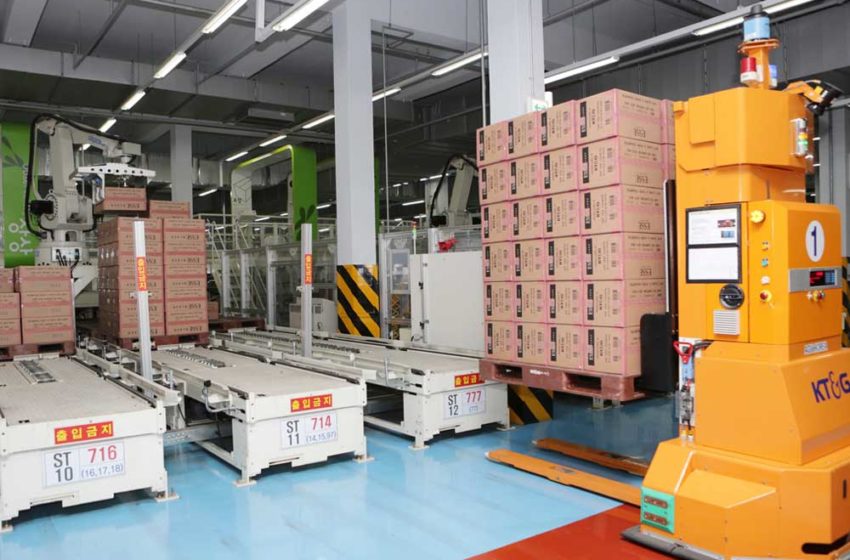South Korea’s HTP market is split among three players: Philip Morris International, KT&G and BAT. Recently, competition has been heating up in the category: PMI, which in 2017 introduced the first HTP (IQOS) in South Korea, remained the market leader until 2019, when IQOS sales declined from KRW800 billion in 2017 to KRW500 billion and KT&G overtook PMI with its Lil device. According to 2FIRSTS, Lil accounted for 48 percent of the market in May 2023 followed by IQOS with 42 percent and BAT’s Glo with 10 percent.
In the past six months, all manufacturers have introduced new models of their HTP brands in Korea; they have also unleashed an aggressive price war.
In November, KT&G launched Lil Aible, which is equipped with artificial intelligence technology that shows how long it takes to fully charge the device and preheat the consumable as well as how many times the user can puff with the remaining battery. On KT&G’s dedicated mobile app, users can check messages, phone notifications, the weather and calendar information. What sets the new model apart from other HTPs is its ability to use three different tobacco sticks with one device. Like its predecessor, Lil Aible features automatic heating, a self-cleaning system and a maximum of three consecutive uses.
The product comes in two versions—an original version that retails at KRW110,000 and a premium version, which has an OLED touchscreen to make it easier for users to control diverse functions, at KRW200,000.
To recapture its No. 1 position, PMI in February launched IQOS Iluma One, an economy version of its latest HTP device. The Iluma series works with a bladeless induction system and can only be used with dedicated heat sticks named Terea. The sticks are equipped with a metal heating element, a thin solid metal thread that is coated with stainless steel that heats the tobacco from within. A front plug at the end of the stick behind the tobacco element prevents tobacco residue, which means users do not need to clean the device.
The company had been selling the more premium variants, Iluma and Iluma Prime, in major South Korean cities including Seoul and Busan since late 2022 and seized the opportunity of the Iluma One introduction for a nationwide rollout of all of its Iluma models. Iluma One is available at KRW69,000 whereas Iluma and Iluma Prime are sold for KRW99,000 and KRW139,000, respectively.
In late November 2022, PMI had started manufacturing Terea consumables at its South Korean Yangsan plant, where the company has invested more than KRW300 billion in the production of noncombustible products since 2017.
While battling for market share in South Korea, PMI and KT&G cooperate internationally. On Jan. 30, 2023, PMI and KT&G turned the three-year agreement they signed in 2020 into a 15-year contract. The agreement gives PMI exclusive access to KT&G’s smoke-free brands and innovation pipeline, including offerings for low-income and middle-income markets, and provides KT&G with continued access to PMI’s global commercial infrastructure and experience in commercializing smoke-free products. As a result of the collaboration, Lil, which PMI considers complementary to its existing portfolio of smoke-free products, is currently present in 31 countries in Central America, Europe and Central Asia.


















